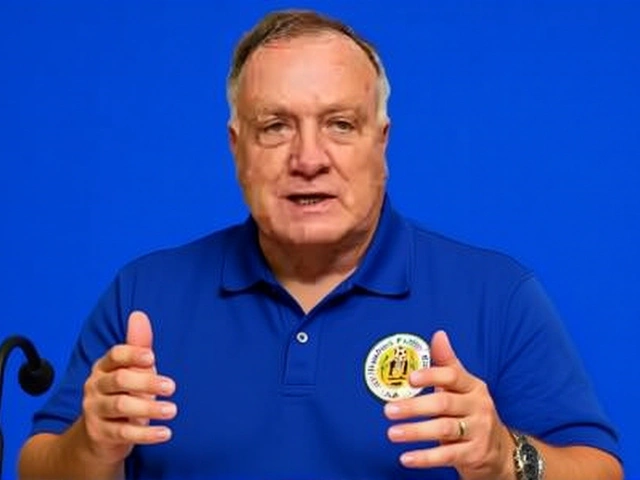Game Length in Motorsport – What Determines It and Why It Matters
When talking about Game Length, the total time or distance that a motorsport event is scheduled to run, often expressed in laps or minutes, fans instantly wonder how long a race will actually be. Also known as event duration, it sets the pace for everything from car setup to driver mindset. Below you’ll find the key pieces that build up a race’s length and how they interact with each other.
Key Factors Shaping Game Length
When you hear game length, you think of the clock or the lap counter, but the reality is a web of factors. First up is Race Duration, the actual time a race lasts, affected by weather, safety cars, and track incidents. A race slated for 90 minutes can stretch to over two hours if there are multiple cautions, making driver stamina and fuel planning critical.
Next is Lap Count, the predetermined number of circuits a car must complete, often used to set a fixed distance for the event. Organizers pick a lap number that roughly matches the target race duration, but they also consider track length and average speed. A 70‑lap sprint at a short circuit can feel just as demanding as a 30‑lap marathon on a fast oval.
Endurance Racing, a format where races run for several hours or even 24 hours, testing durability and team coordination pushes game length to its limits. Here, the focus shifts from pure speed to reliable engineering, driver rotation, and night‑time visibility. The length of these events directly influences tire wear strategies and pit stop frequency.
Speaking of pits, Pit Stop Strategy, the plan for when and how often a car stops for fuel, tires, or repairs, which can add minutes to the overall race time is the hidden lever that can shorten or extend the effective game length. A well‑timed stop can save seconds per lap, while an unscheduled repair can add valuable minutes.
All these pieces create a chain of cause‑and‑effect relationships: Game length encompasses race duration, race duration requires lap count planning, lap count influences pit stop strategy, and endurance racing modifies every other factor. Understanding these links helps teams fine‑tune their approach and fans appreciate why a race can feel so different from one weekend to the next.
For newcomers, the biggest takeaway is that game length isn’t just a static number on a schedule. It reacts to real‑time conditions, driver stamina, and team decisions. Whether you’re watching a 30‑minute sprint at a street circuit or a 24‑hour marathon at Le Mans, the same underlying elements—duration, laps, endurance format, and pit stops—are at play.
Below you’ll see a curated list of articles that dive deeper into each of these aspects, from how to start a racing career to the specifics of Formula Mazda’s race formats. Use the insights here to gauge what to expect when you tune into your next motorsport event and how game length will shape the excitement you see on screen.

Silent Hill f Playtime Guide: How Long It Takes to Beat the New Horror
Silent Hill f drops on September 25, 2025, offering a 12‑13 hour main story and up to 17 hours for a full exploration. The game adds new mechanics like Focus Mode and multiple endings that push replay value. Storage needs sit at 36.6 GB on PS5. Akira Yamaoka returns for the soundtrack, keeping the classic dread alive.



